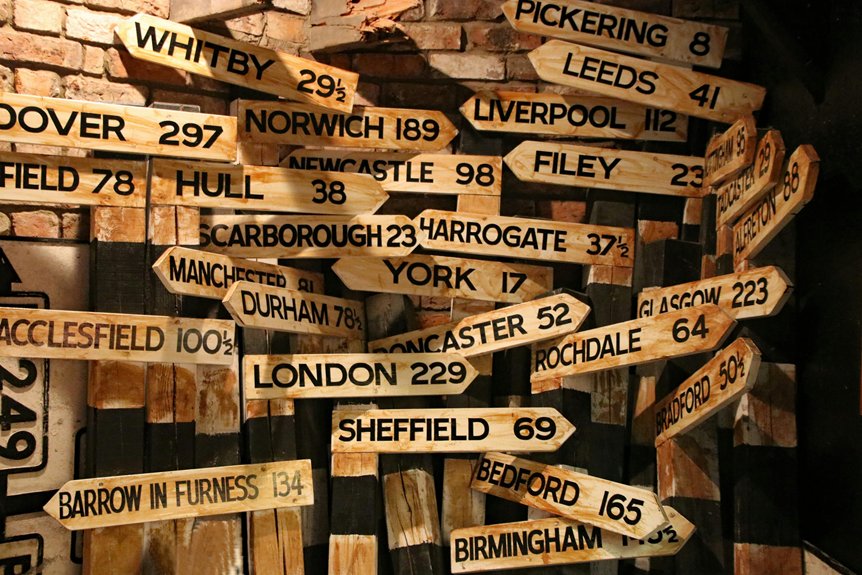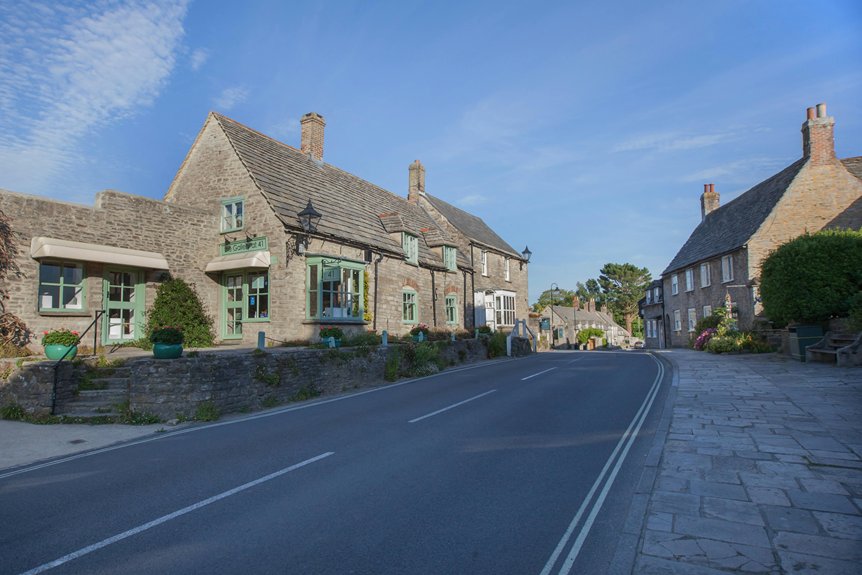When planning a conservatory, start by researching local regulations and permitted development rights to avoid issues. Conduct a thorough site survey to guarantee compliance and aesthetic integration. Engage with your neighbors early on to gather feedback and foster goodwill. Prepare a meticulous application checklist, focusing on required documents and timeline. Understanding common reasons for refusals can help you anticipate challenges. There’s more insight to explore that can empower your conservatory project.
Key Takeaways
- Research local planning regulations and consult the planning authority to understand specific guidelines for conservatories in your area.
- Verify if your property is in a conservation area or has listed status, which may affect your permitted development rights.
- Conduct a site survey to ensure your conservatory design aligns with local regulations and seamlessly integrates into the existing environment.
- Engage with neighbors and the community to gather feedback and address concerns, fostering goodwill throughout the planning process.
- Prepare a comprehensive planning application checklist to ensure all necessary documents are submitted, expediting the approval process.
Understanding Local Planning Regulations
When you’re considering adding a conservatory, understanding local planning regulations is essential to avoid delays and potential legal issues.
Local regulations can vary greatly, depending on your planning zones. Each zone might’ve specific guidelines regarding size, height, and materials, so it’s vital to research your area’s rules.
You’ll want to consult your local planning authority to clarify any restrictions or requirements. Additionally, check if your property lies within a conservation area or has listed status, as these factors may impose further limitations.
Engaging with a professional familiar with local regulations can streamline the process, ensuring compliance and reducing the risk of costly alterations later. Furthermore, considering the benefits of energy efficiency features can inform your design choices and help gain approval.
Being proactive will help you navigate the complexities of planning effectively.
Assessing Permitted Development Rights
Having a clear understanding of local planning regulations sets the groundwork for evaluating your permitted development rights.
First, familiarize yourself with the specific planning restrictions that may affect your conservatory project. Each local authority has different criteria, so check if your proposed development complies with height, size, and design limitations.
Permitted development typically allows you to build without a full planning application, but certain conditions must be met. For instance, if you live in a conservation area or your property is listed, restrictions might apply.
It’s important to assess these factors carefully to avoid potential legal issues later. By doing thorough research, you’ll guarantee that your conservatory project aligns with your permitted development rights and local planning requirements.
The Importance of Site Surveys
Before you start your conservatory project, conducting a thorough site survey is essential to verify your plans align with both your vision and local regulations.
A well-executed site assessment not only helps you identify potential issues but also guarantees that your conservatory integrates seamlessly with the existing environment.
Utilizing effective survey techniques will allow you to gather vital data and make informed decisions.
- Avoid costly delays and rework
- Enhance your property’s aesthetic appeal
- Confirm compliance with local planning laws
- Maximize your investment potential
Taking the time to perform this initial groundwork will ultimately set the foundation for a successful project, ensuring your dream conservatory becomes a reality while adhering to necessary guidelines.
Engaging With Neighbors and the Community
A successful conservatory project goes beyond just planning and site surveys; engaging with your neighbors and the broader community plays a pivotal role.
Start by organizing neighborhood consultations to discuss your plans. This proactive approach allows you to address any concerns upfront, fostering goodwill and collaboration.
Invite feedback during these discussions, as community feedback can provide valuable insights and enhance your project’s design. Be open to suggestions that could improve your conservatory’s integration with the surrounding environment.
Additionally, maintaining ongoing communication throughout the process guarantees that you’re responsive to any further questions or issues that arise.
Preparing Your Planning Application
As you commence preparing your planning application for a conservatory, it’s vital to gather all necessary documents and information meticulously.
Start by creating a thorough planning application checklist to guarantee you don’t overlook any essential items. Keep in mind the application timeline considerations; early submissions can speed up the process considerably.
Consider the following emotional aspects as you prepare:
- The joy of enhancing your living space
- The satisfaction of contributing to your home’s value
- The excitement of creating a new family gathering area
- The peace of mind that comes with proper planning
Key Documents Required for Submission
Submitting a successful planning application for your conservatory hinges on the inclusion of several key documents. First, verify you’ve completed all necessary application forms accurately. These forms typically require details about your property and proposed modifications.
Next, prepare your documentation checklist, which should include site plans, elevation drawings, and photographs of your property to illustrate the intended design. Additionally, if your conservatory affects neighboring properties, you may need to submit a design and access statement.
Don’t forget to include any relevant supporting documents, like structural calculations or environmental assessments, if required. By meticulously compiling these documents, you’ll enhance your chances of a smooth planning process and approval for your conservatory project.
Common Reasons for Planning Permission Refusals
While many homeowners believe their conservatory projects will sail through the planning permission process, several common pitfalls can lead to refusals.
It’s essential to address key factors like design aspects and environmental impacts that can influence decisions.
Here are some common reasons for refusals:
- Incompatibility with local architectural styles
- Insufficient evidence of minimal environmental impacts
- Noncompliance with zoning laws or regulations
- Failure to take neighbor privacy and light access into account
Understanding these issues can save you time and frustration.
Tips for a Successful Appeal Process
Receiving a refusal for your conservatory planning permission can be disheartening, but it doesn’t mark the end of your project. To navigate the appeal process effectively, focus on robust appeal strategies.
Begin by thoroughly reviewing the reasons for refusal; understanding these success factors is vital. Gather substantial evidence to counter objections, such as expert reports or photographs illustrating how your planned conservatory aligns with local aesthetics.
Engage with your local planning authority; open communication can sometimes resolve misunderstandings. Additionally, guarantee your appeal documentation is meticulously prepared and submitted on time.
Highlight community support, as local backing can strengthen your case. By addressing concerns directly and presenting a clear, well-supported argument, you increase your chances of a favorable outcome.
Conclusion
In summary, steering through the labyrinth of local planning permissions for your conservatory can feel like scaling Everest without oxygen! However, by thoroughly understanding regulations, engaging with your community, and meticulously preparing your application, you can transform what seems like an insurmountable challenge into a smooth ascent. Remember, every detail matters—one misplaced document could derail your dreams. So, tackle this process with precision, and you’ll soon bask in the glorious sunlight of your new conservatory!















